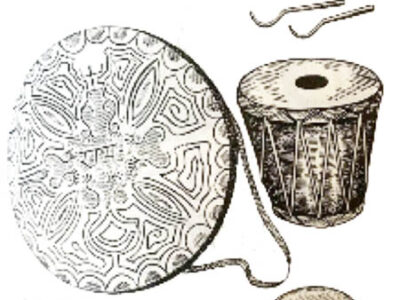by Mahsa Kalatehseifary

۲٫۳٫ Translatability of Hafez
The vital factor for the success of any translation process is clearly the flexibility of the target language. Otherwise stated, the process of translation does not fail until it faces a lack of parallelism of function between the two languages involved. The blame for this lack may be put on the limits caused by either the source language or the target language. Nevertheless, it is the source language that is the commander and its linguistic principles the rules; the target language, conversely, is resigned to follow the rules of this one-way interaction. Based on comparative studies, the lack of parallelism between Persian and either English or German in the case of Hafez is rooted to a great extent in the linguistic individuality of the source language. Therefore, the first step in trying to unravel the complications of Hafez’s ghazals is to take into consideration the syntactical differences between the Persian language and the target language on the whole. In this regard, Fathi gives her reader a thorough list of the linguistic peculiarities of the Persian language which cause difficulties for German translators despite a certain affinity based on their mutual Indo-German origin. I elaborate now on Fathi’s list of inconsistencies with regard to the German language as they will be of further assistance in the investigation that follows in the next chapter:
۱٫ There are 32 letters in Persian, a few of which do not have equivalents in German. This disharmony, Fathi believes, damages the rhythm and musicality of nouns be transcribed and translated.
۲٫ In Persian there is just one pronoun “U” for the German “er”, “sie” and “es”, which entirely removes from German the “flexibility” and “ambiguousness” that “U” provides for the person to which it refers.
۳٫ The non-gendered nature of Persian allows for further ambiguity, which is eliminated by the gender-specificity of German.
۴٫ Most Persian nouns have more than one meaning while retaining their pronunciation and spelling. The manifold interpretative possibilities of such homonyms can hardly be reflected in other languages. Fathi’s example elucidates the problem. The Persian word “mah” means “moon”, “month”, “beautiful” and “pretty beloved” always with the same spelling and pronunciation. As we have discussed, the same problem exists in the distiches of the ghazals, which creates an immense obstacle for a translator whose language does not support transferring such poly-functionality. Hafez’s word selection has the intention of engaging the reader by providing more than one meaning, a quality that is much less strongly represented in the western languages.
۵٫ The vowels of Persian words are not written. Fathi gives the case of “k + h” as an example, whose different pronunciations provide multiple meanings: “keh” means spontaneously “that”, “who”, “short or small”, “koh” refers to “mountain” and “straw” is the literal translation of “kah”.
۶٫ Fathi combines the last linguistic problem with Hafez’s mastery of rhythm and music. As we have already touched upon, this skill has been related to Hafez’s knowledge of music and singing. Leaf reckons any “imitation” of “the modulations of a language naturally most musical” to be “some distant echo of the lilt of his metres” and thus “a hopeless task” for the translator. As for the prosody, difficulties are posed by the repetitive mono-rhymes of the ghazal since the meaning of each rhyming word of a distich along with its rhyming letters severely restricts the translator in choosing words that have the same rhyming letters and provide the same meanings as the original.
In sum, the peculiarities of Persian provide Persian-speaking authors of prose or poetry with many tools with which to embellish their texts with ambiguity. Having examined the tools, one can easily sense the superficiality of a rendering of Hafez devoid of these devices when compared to the original, an actuality that perhaps obliged Ali Daschti to say “translated Hafez not the Persian Hafez”. Thus, any westernized version of Hafez might only be considered as a “true imitation, which can be read and admired independently of its ‘original’, but which also communicates a sense of that original’s spirit and power”. With this in mind we are now prepared to assess in the following chapter the success of Hammer’s attempt.
To be continued…















